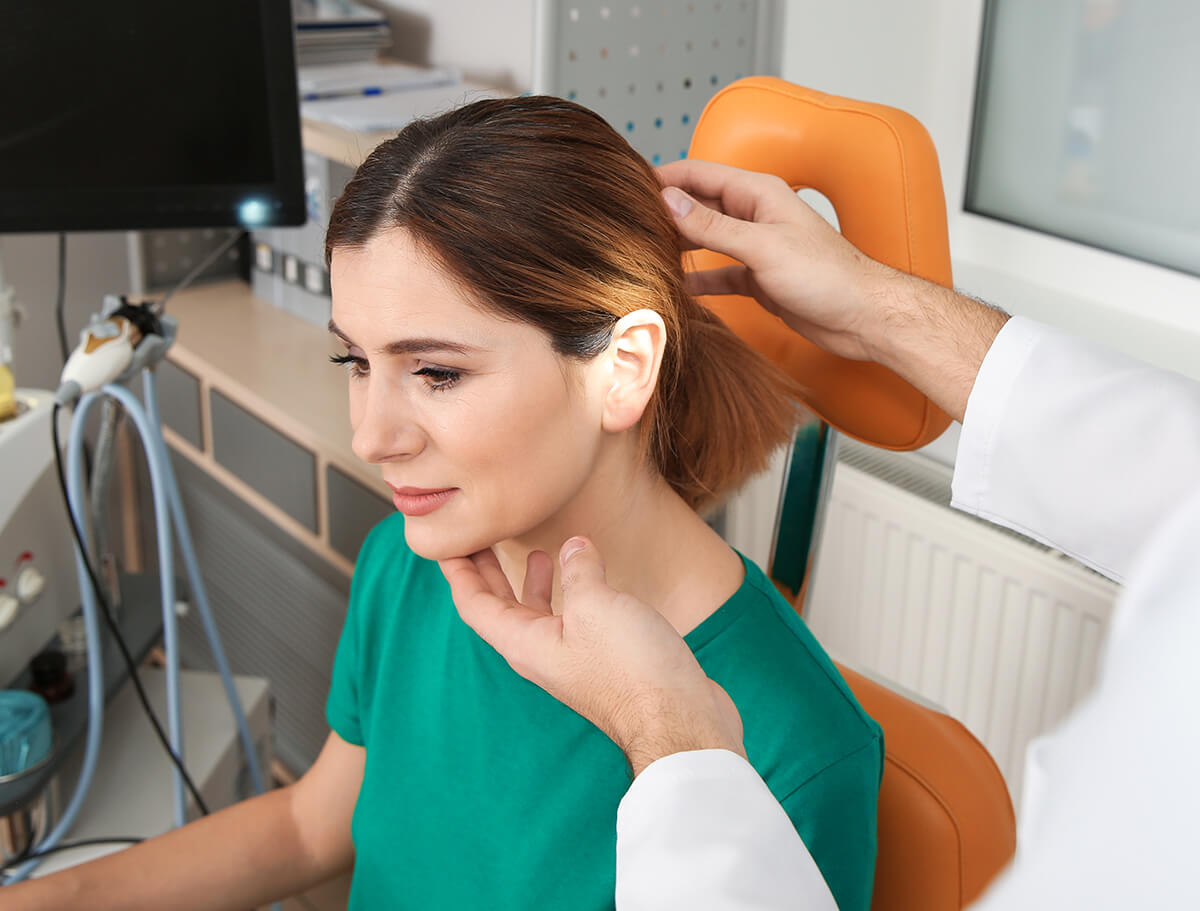Cerumen Management

Cerumen, commonly called earwax, is a natural defense mechanism that helps protect, lubricate and collect debris from damaging the ear canal and eardrum.
Most of the time, the old ear wax is moved through the ear canal from chewing motions and other jaw movements. These consistent motions result in the wax moving toward the outside of the ear and then flake off. When cerumen accumulates too quickly in the ear canal it can cause a blockage which can lead to the following symptoms:
- Decrease in hearing
- Tinnitus
- Fullness feeling in ear canal
- Ear pain
- Itchiness
- Dizziness
- Discharge/odor from ear canal
Ear wax buildup can happen to anyone. However, it is more likely to occur in:
- People who use hearing aids or ear plugs
- People who put cotton swabs or other items into their ears
- Older people
- People with developmental disabilities
- People with ear canals shaped in such a way as to interfere with natural wax removal
Audiologists diagnose cerumen impaction by inserting a device called an otoscope which inserts light into the ear canal and allows for visualization of the canal and eardrum.
Ear wax can be removed in several ways; some of these methods can be done at home.
- Cleaning the outside of the ear by wiping with a face cloth.
- Putting cerumenolytic solutions (solutions to dissolve wax) into the ear canal—these solutions include mineral oil, baby oil, glycerin, peroxide-based ear drops (such as Debrox®), hydrogen peroxide, and saline solution.
- Irrigating the ear—this involves using a bulb syringe to rinse out the ear canal with water or saline, ideally after the wax has been softened.
- Removing the wax using special instruments such as a cerumen spoon or suction device —this should be done only by a medical professional such as an audiologist, otolaryngologist or primary care physician.
It is important to note that Irrigation of the ear should not be done to anyone who has a perforation (hole) in their eardrum or have myringotomy tubes.
The use of Q-tips is not advised due to the risk of further packing the cerumen down the ear canal or inserting the tip too deep leading to perforation of the eardrum. If this should ever occur, seek professional attention immediately.
